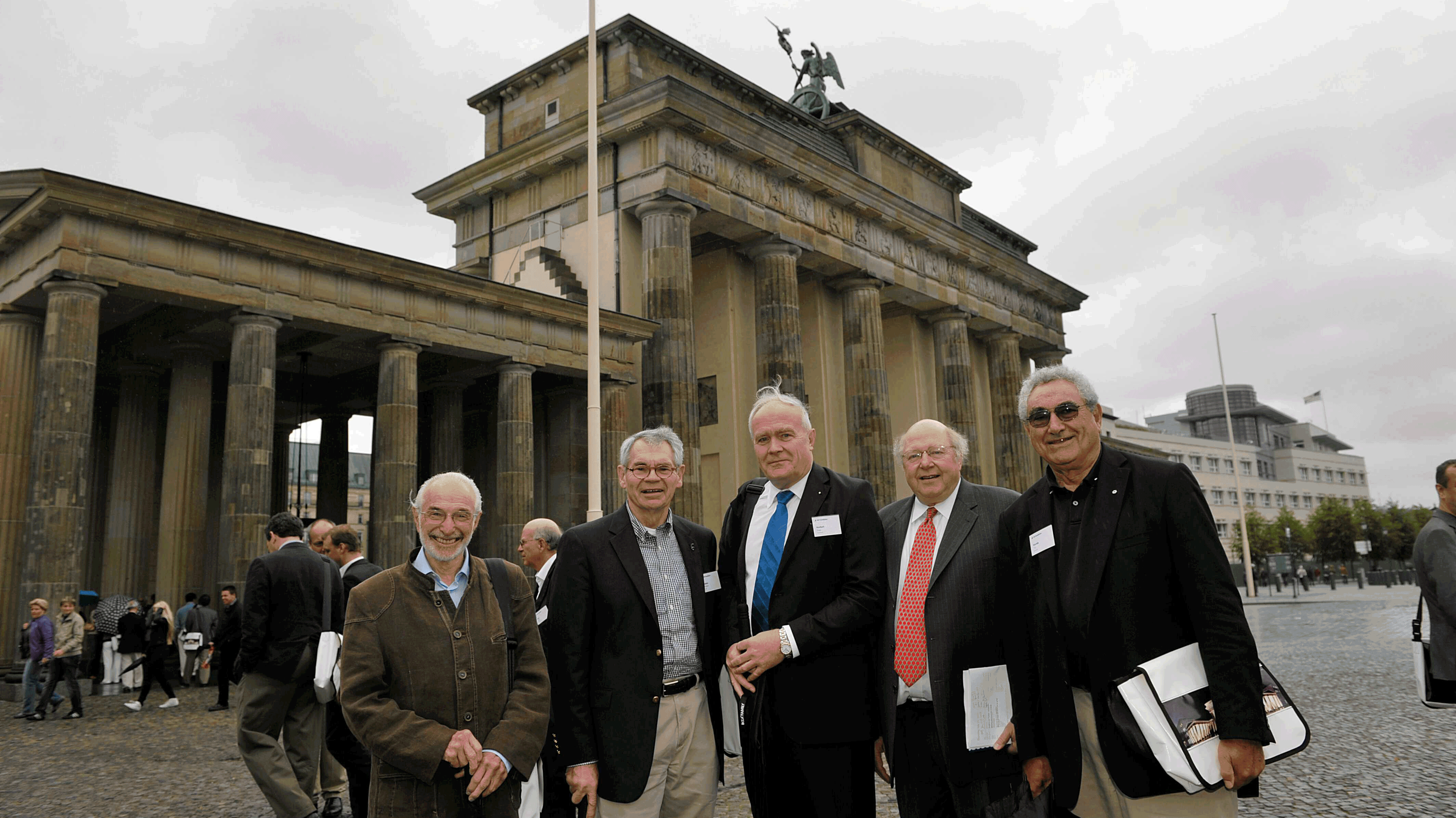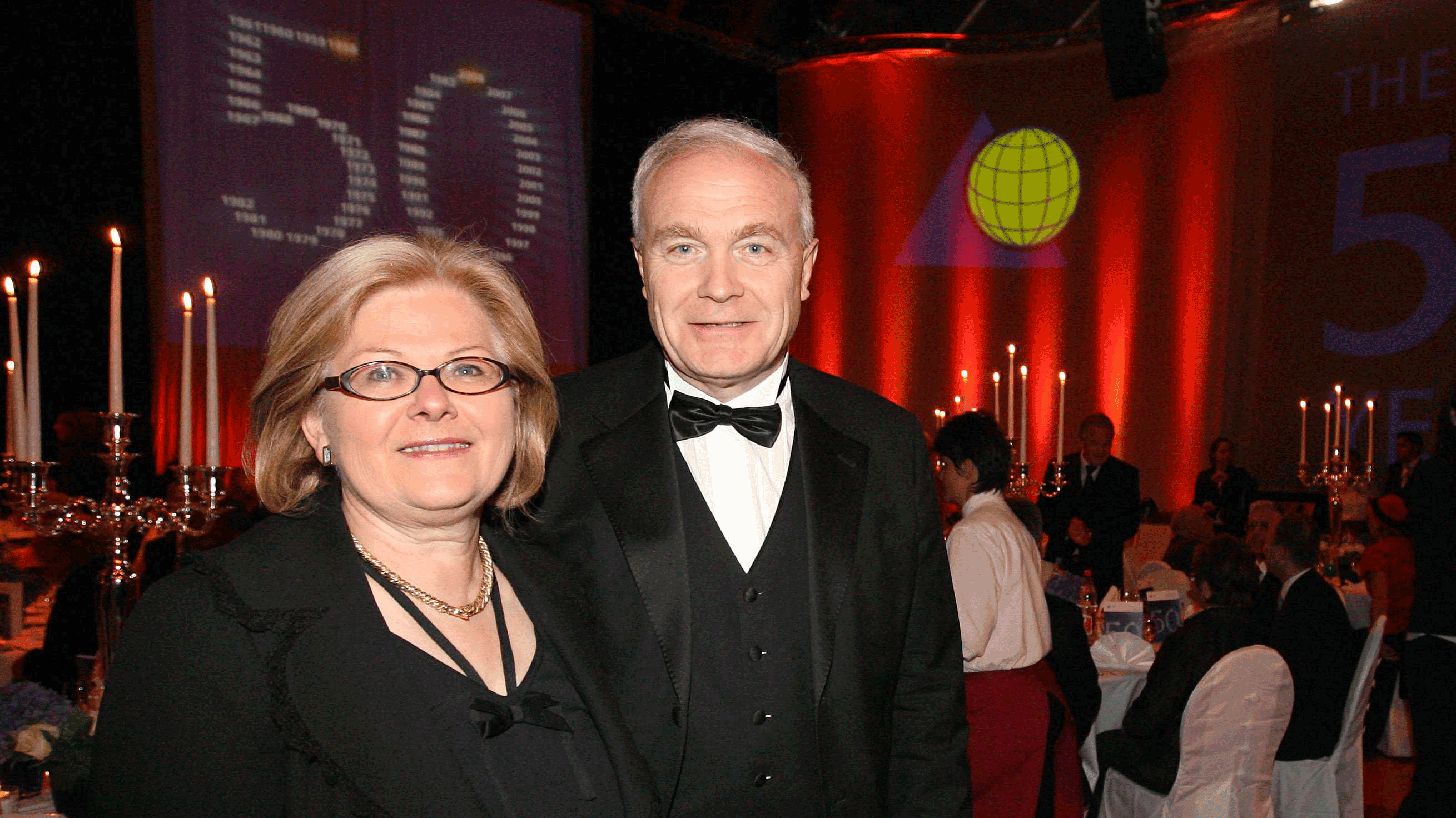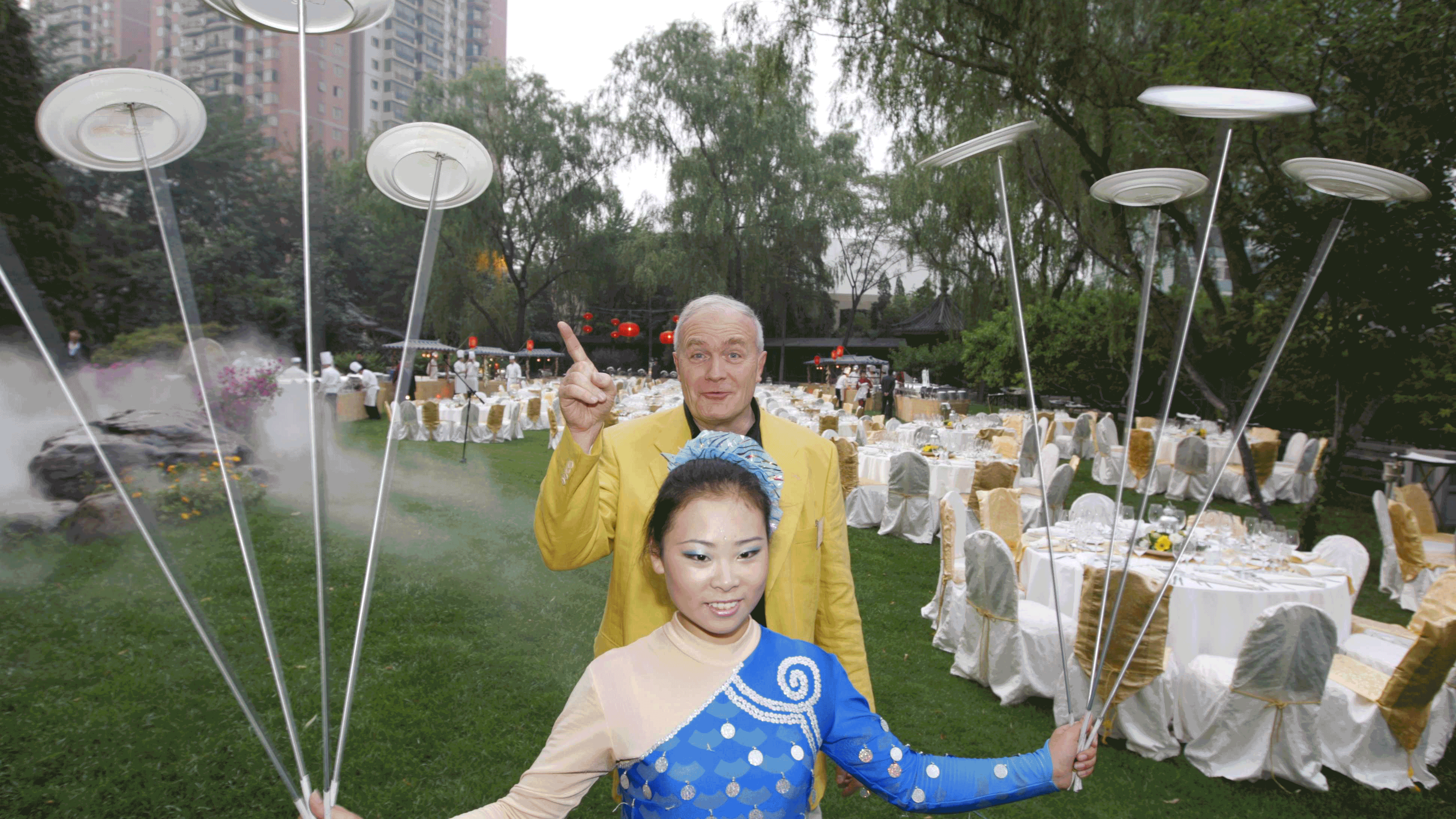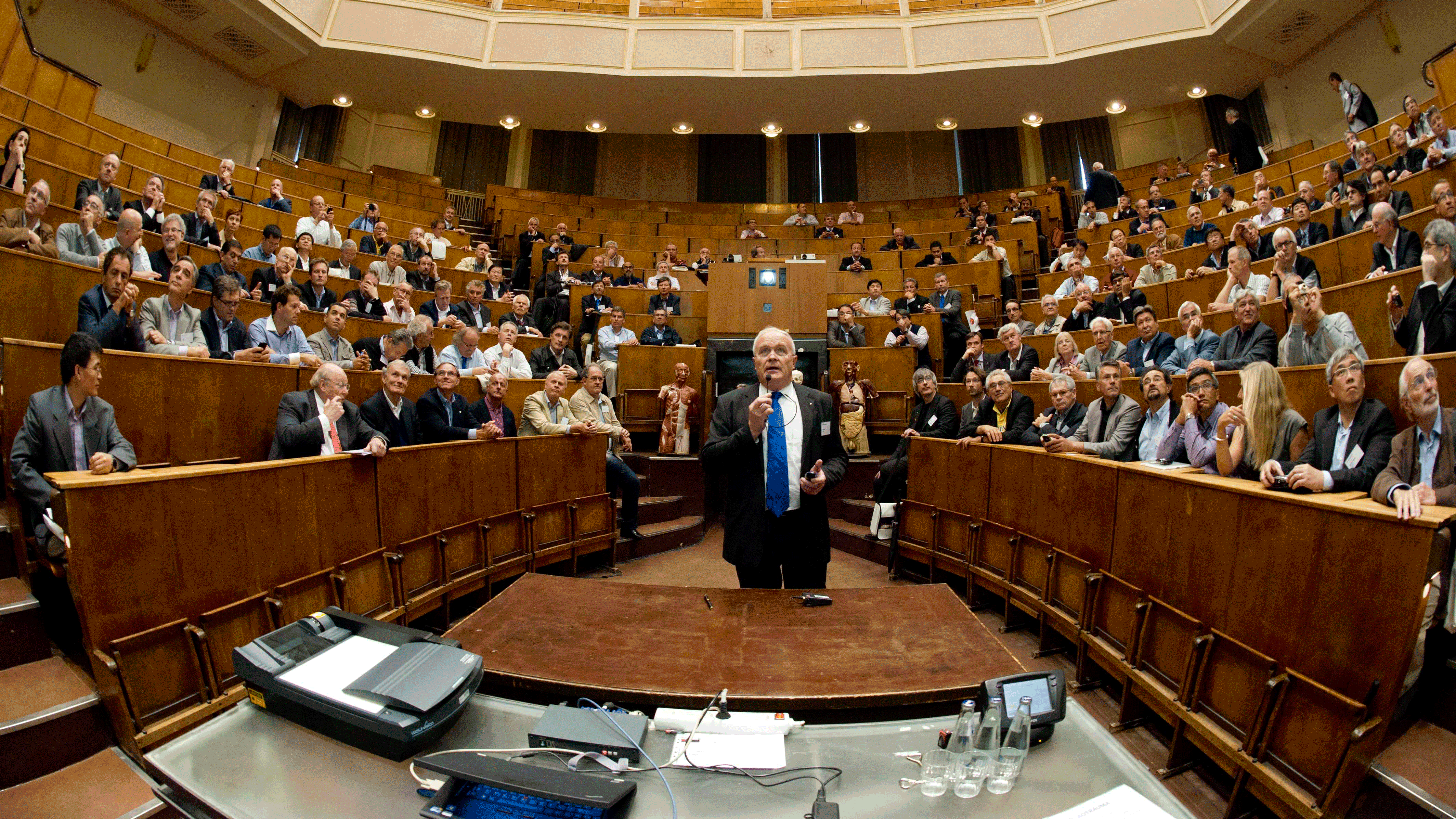AO Past President Norbert Haas: Learning from "AO giants"
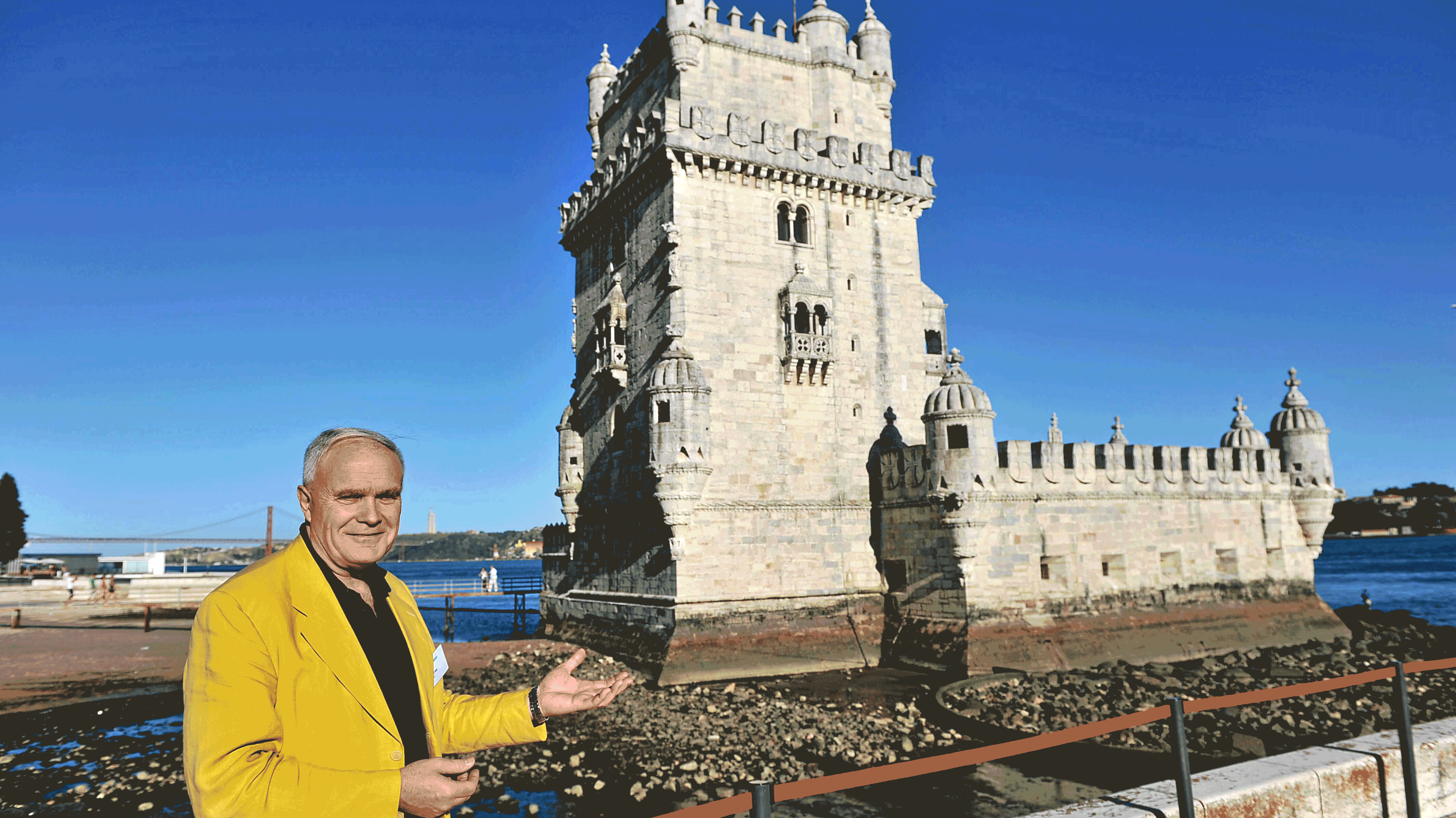
Norbert Haas at the AO Trustees Meeting 2010, Lisbon, Portugal
By: Vidula Bhoyroo, Project Manager/Medical Writer, AO Education Institute
Norbert P Haas is currently professor and director emeritus of the Centre for Musculoskeletal Surgery, Charité University Medicine, Humboldt University and Free University Berlin, and director of the Langenbeck-Virchow-Haus, Berlin, Germany.
What brought you to the AO community?
I have been associated with the AO for 50 years. I was trained at the Medical University in Hanover by Prof Tscherne. That was my first contact with the AO. We have taught and hosted countless fellows and scholarship holders from all over the world in Hanover and later in my clinic at the Charité in Berlin. I have given hundreds of lectures and courses around the world. Through these activities we have gained new friends and members for the AO. I have also worked in many commissions, boards, and institutions of the AO, such as the Academic Council, AO Foundation Board, AO Germany, etc. I was the head of the AO's Technical Commission after Stephan Perren for more than ten years.
Who are the surgeons you met at the AO in the early days?
As a young surgeon I got to know the founding fathers of the AO, Maurice Müller, Hans Willenegger, Martin Allgöwer, and from the very beginning the AO surgeons Peter Matter, Thomas Rüedi, Fritz Magerl, Bernhard Georg Weber, Stephan Perren, and many others—and was later able to call them all my friends. I learned so much from them. We kept visiting each other's facilities. They have had a significant influence on my career. This would not have been possible without the AO.
What did you learn from these prominent surgeons?
I learned a lot from these AO giants, not only how to treat patients better and operate more successfully with the new implants and techniques developed by AO Technical Commission, such as undrilled intramedullary nailing or minimally invasive procedures, but also how to do successful scientific work.
During your tenure as AO President, what were some of the significant challenges and achievements?
The most important achievements during my presidency were the restructuring and the new composition of the AO Foundation Board. And the establishment of the AO Education Institute, and the creation of the education platform. Moreover, I founded and developed AO Recon. I worked earnestly for a return of the AO philosophy to the original values of the founders, namely an organization of the leading surgeons in their respective fields. And of course, not to forget two excellent Trustees Meetings in Berlin and Davos.
Why did you establish the AO Education Institute?
Education is one of the essential pillars of the AO [the founders built the AO on four pillars: research, instrumentation, documentation, and teaching]. To be effective, successful, and innovative, all different activities within the AO had to be bundled into one institute. This means that the available resources can also be used much better and more effectively.
What's your wish for the AO on its 65 years of existence?
I want the AO to maintain and expand its current position of number one worldwide in education and improvement of patient care in AO Trauma, AO CMF, AO Spine, AO VET, and AO Recon, which means in the entire musculoskeletal area for the benefit of all people.
You might also be interested in:
- Reading more AO history stories
- Learning about the AO archive and history project
- Viewing the AO image collection
- Searching our online AO library catalog


